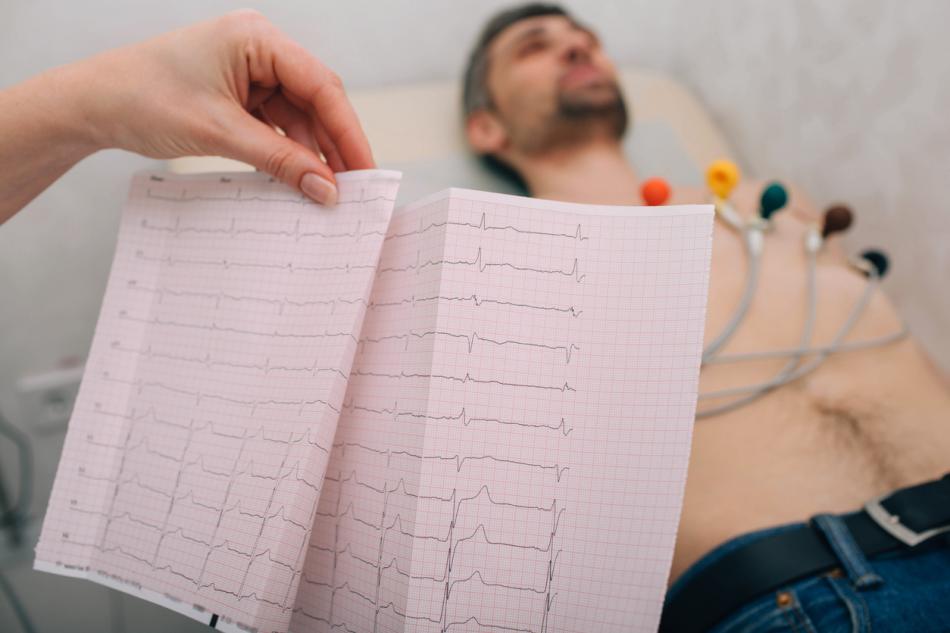What is electric cardioversion?
When the heart goes out of its normal regular rhythm, sometimes it is necessary to "reset" the heart. Electric cardioversion is a procedure where an electric current is passed through the heart muscle to allow the heart's intrinsic regular rhythm (normal sinus rhythm) to resume and take over again.
Why is this necessary?
As discussed in the Preventive Cardiology section, irregular heart beat such as atrial fibrillation (AF) is prevalent as we get older. The main risk of AF is stroke, therefore, blood thinning (anticoagulation) is the most important treatment for AF. There are two main treatment strategies for AF: rate-control versus rhythm-control. Both of these strategies require some form of anticoagulation depending on your risk profile. There is little prognostic difference between the two approaches but sometimes patient remains very symptomatic from AF despite the best attempt in rate-control. In this cohort of patients, resetting the rhythm by electric cardioversion can often provide effective treatment for AF symptoms.
How is it done?
Electric cardioversion is often performed in theatre recovery or in our Cardiac Catheter Laboratory. you will be assessed by an anaesthetist who will ask you a few questions about you. You will then have a small plastic tube (cannula) pre-inserted in the back of your hand / front of elbow for medication. Electrical pads will then be attached to your front and back in preparation. You will receive sedation and a short general anaesthesia and while you are asleep, and electrical current is passed through your heart muscle to reset the rhythm.
This procedure is very safe. Risks are usually related to the anaesthesia administered. There is a 0.1% chance of complication including a small risk of stroke or skin discomfort from the electric pads. Initial success rate is high - up to 90% - but some patient may need more than one procedure and may need other medication to help maintain the normal heart rhythm afterwards.
What to expect after the procedure?
You should be able to go home after you recover from your sedation / anaesthesia. Dr Chai will explain to you the outcome of the procedure. It is important you continue your blood thinning medication until you have seen Dr Chai in a follow-up appointment and further discussion will take place regarding the length of further period of anticoagulation (blood thinning).
